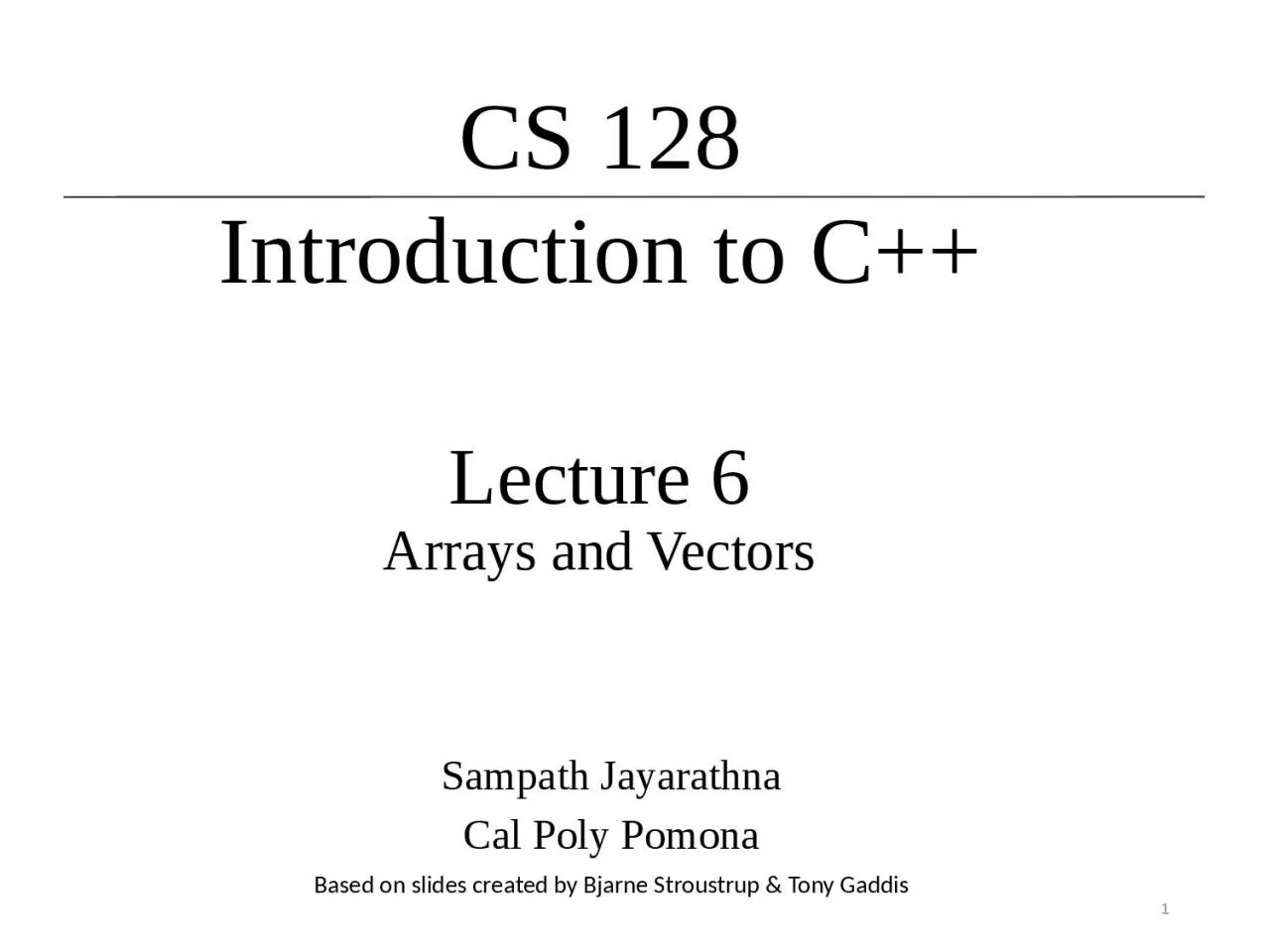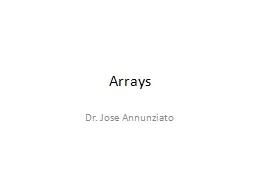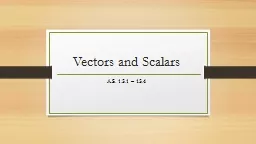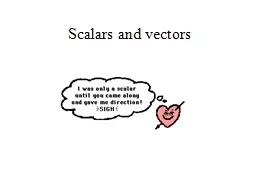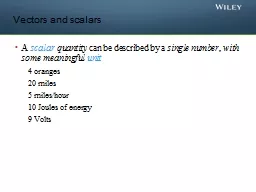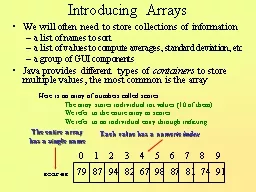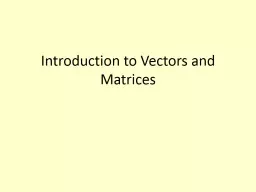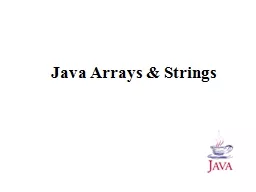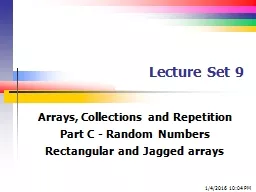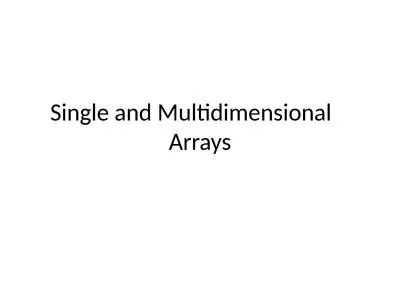PPT-Lecture 6 Arrays and Vectors
Author : delilah | Published Date : 2023-09-25
Sampath Jayarathna Cal Poly Pomona Based on slides created by Bjarne Stroustrup amp Tony Gaddis CS 128 Introduction to C 1 Arrays Hold Multiple Values Array variable
Presentation Embed Code
Download Presentation
Download Presentation The PPT/PDF document "Lecture 6 Arrays and Vectors" is the property of its rightful owner. Permission is granted to download and print the materials on this website for personal, non-commercial use only, and to display it on your personal computer provided you do not modify the materials and that you retain all copyright notices contained in the materials. By downloading content from our website, you accept the terms of this agreement.
Lecture 6 Arrays and Vectors: Transcript
Download Rules Of Document
"Lecture 6 Arrays and Vectors"The content belongs to its owner. You may download and print it for personal use, without modification, and keep all copyright notices. By downloading, you agree to these terms.
Related Documents

